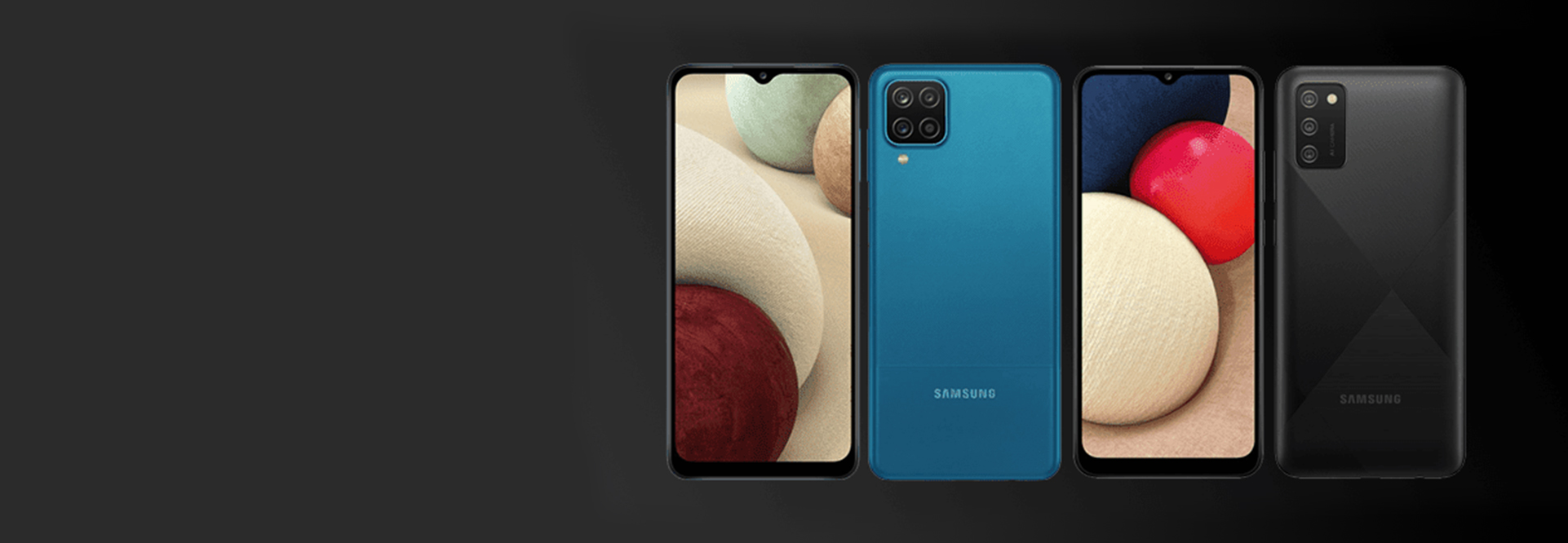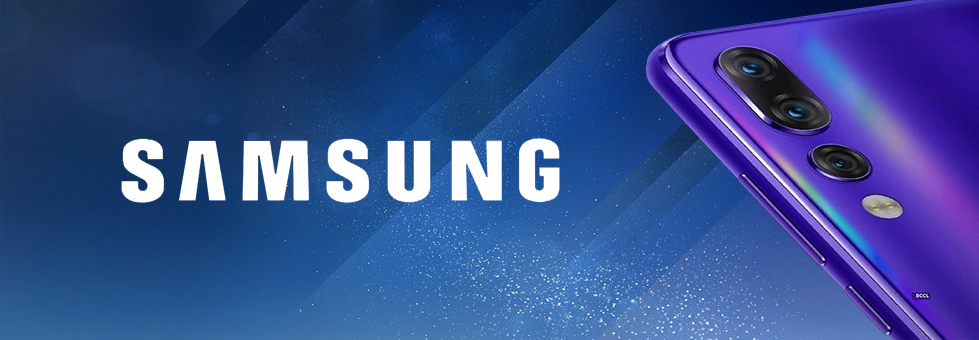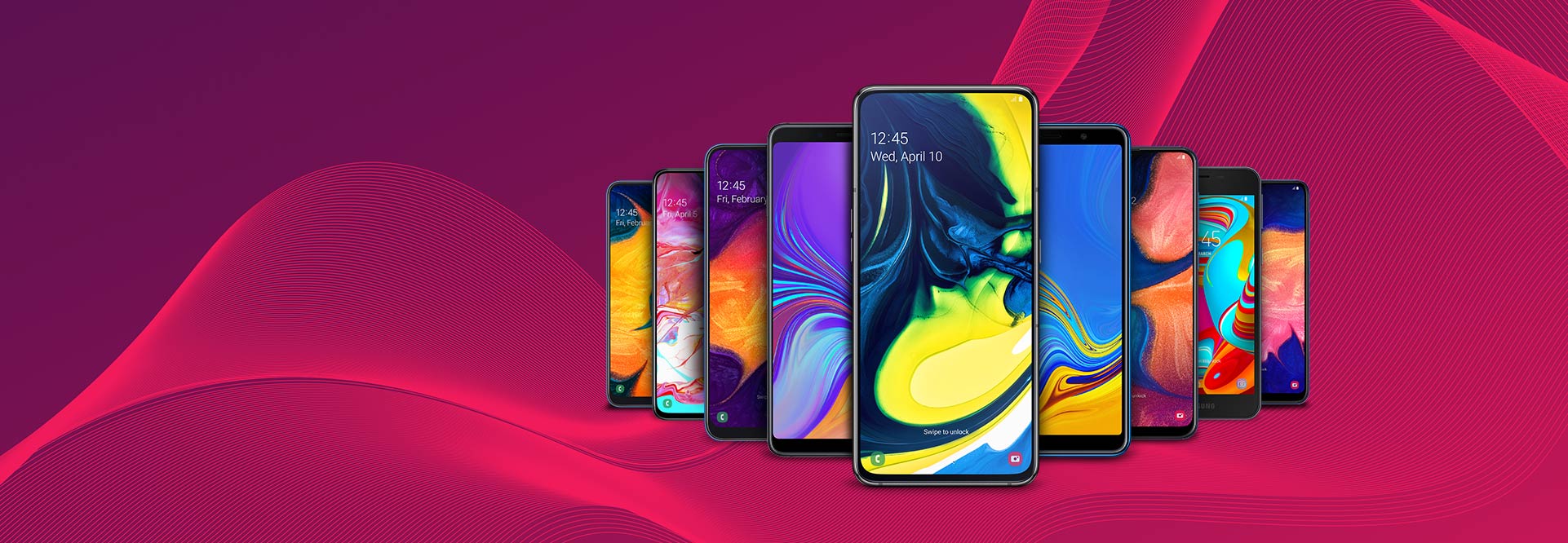Samsung Galaxy A12: A Worthy Budget Smartphone!
Moe from Mondo / 26-01-2021 / Reviews
Samsung recently launched the successor to the Galaxy A11 - the Samsung Galaxy A12. The Korean manufacturer states that this device is a combination of Samsung’s best smartphones in an affordable package. Once again, the company has demonstrated its commitment to creating entry-level smartphones that pack several high-end features.
Under the Hood
In terms of performance, you can expect the Galaxy A12 to combine an Octa-Core processor with options of a 3GB, 4GB or 6GB of RAM which ensures a smooth and efficient response. Three internal storage options include the 32GB, 64GB and 128GB with an additional microSD slot supporting 1TB capacity.
Screen and Body
On the outside, the Galaxy A12 is compact with smooth curves and a comfortable grip. Its classic design and colour are refreshing and it’s available in Blue, Black, White and Red.
Samsung equipped the A12 with a 6.5-inch HD+ Infinity-V display which is great for watching videos, playing games and browsing social media. The selfie camera is situated in the teardrop notch at the centre of the screen with a fingerprint sensor on the side of the device.
Quad Camera
Cameras are a huge deal in any smartphone, so by packing four lenses into the Galaxy A12, Samsung haven’t disappointed. The primary lens is a whopping 48MP camera which is the headline act of this device. The 5MP Ultra Wide Camera is similar to the human eye and it catches a 123-degree angle of view. As a result, you can cram much more into each shot.
If you love photography, the 2MP Macro camera will help you discover fine details with objects of interest. It applies a Bokeh effect to your pictures allowing the subject to stand out of the frame. Finally, the 2MP Depth Camera gives you the ability to adjust the depth of field in your images. Selfie fanatics get to enjoy the 8MP front-facing camera with Live Focus that places the spotlight on you instead of the surroundings.
Battery
Battery life is a critical deciding factor with regards to smartphones. Samsung has powered the Galaxy A12 with a 5,000mAh battery which is sufficient for an entire day of average usage. Furthermore, it supports 15W Adaptive Fast Charging to power your device quickly, which is great if you’re always on the go.
Other Features
Aside from the fingerprint sensor, it has an Accelerometer, Grip Sensor, Virtual Light Sensing and Virtual Proximity Sensing.
Verdict
For an entry-level device, the A12 packs a significant punch, especially when you consider the camera options and battery power.







